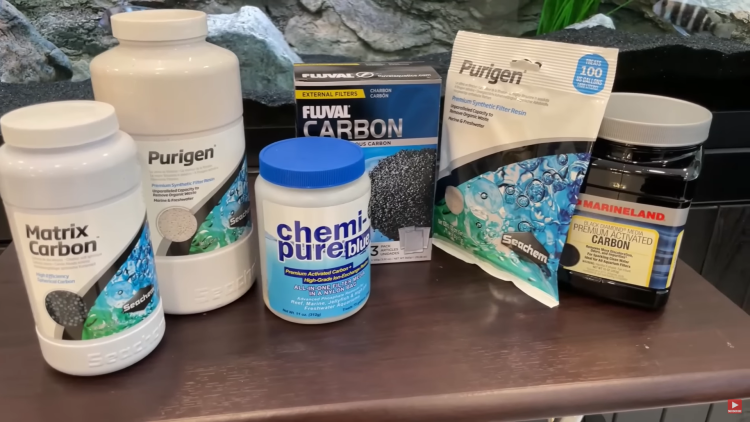How Does Aquarium Additive Purity Affect Reef Tank Success Rates?
- Aug 18, 2024
- Anshika Mishra
- 120 0 0

Impurities in additives are real. Every additive will have impurities, and nearly never in a single dose. They're in 365, 730, or thousands due to months to years of dosing, where they build up in the water and bio-accumulate in the coral's tissues to add to or kill them.
That said, the additives we all use only need to be as pure as the rest of the best practices support. In fact, we do everything else right, yet the additives feel dirty and do not matter at all. It becomes an issue when we ignore challenges or combine multiple missteps.
Most of our additives use elements mined from the ground, with a few derived from the sea. They all have impurities from the geological source and can only be refined as much as the application requires, and the retail price can support them.
But the most expensive options are not the best options. Well, every importance sounds bad, and to have an idea of how much it matters, you have to do some maths. For the ICB MS tests, six calcium chloride sources, and one of the most expensive options has zinc as high as 0.6 parts per million than the 0.1 that resulted in 62% growth reduction and loss of chlorophyll.
So, the 0.6 sounds bad, but you have to remember that you may only down 100 milliliters in a 400-liter tank. The zinc is diluted in the tank by a factor of 4,000 and is completely immaterial. It would take 4,000 days or doses to get to that 0.6.
However, it only takes shy of 700 days or 2 years to get to that 0.1 level, which produces 62% low growth and the loss of chlorophyll. You have to know about the cumulative effect that happens in two years and why it is worth considering.
Why Tanks Don't Fail?
But if it is true, why are tanks lots dropping left and right at the two-year mark? The answer is that most tanks keep sensitive corals but would not pin the cause on something you've been doing successfully for two years. The biggest answer is water change.
A healthy amount of water change makes it all moot. The zinc never accumulates because we remove most of the zinc-polluted water and replenish it with fresh sea water with a near complete tank turnover once or a few times a year. Doing more water changes than most reefers and selective additive options with closer to zero pollutive elements or effectively purer is obviously better and won't accumulate in the same way.
This becomes even clearer why preventative water changes or dilution have higher success rates than reaction strategies based on testing or visual assessment when you consider other elements like two parts per million aluminum, 0.5 arsenic, 0.9 copper, 192 parts per million heavy metals, or 0.5 parts per million Lithium. While all that sounds bad, if you perform the 35% monthly, 10% weekly, or 1.5% daily water changes, there are high chances that even this will ever become a major problem.
Visual Test
However, if regular water changes are just on the table for you, find one of the higher-quality two parts. A visual assessment will rule out many for you. While visual clarity is no guarantee, all of the calcium additives that look visually dirty tend to have the highest levels of containment. Look for things that look visually dirty when dissolved. If you can see them with the naked eye, it's enough.
Consider ICP testing on your tank to get a better understanding of your tank's chemistry trend.







About author